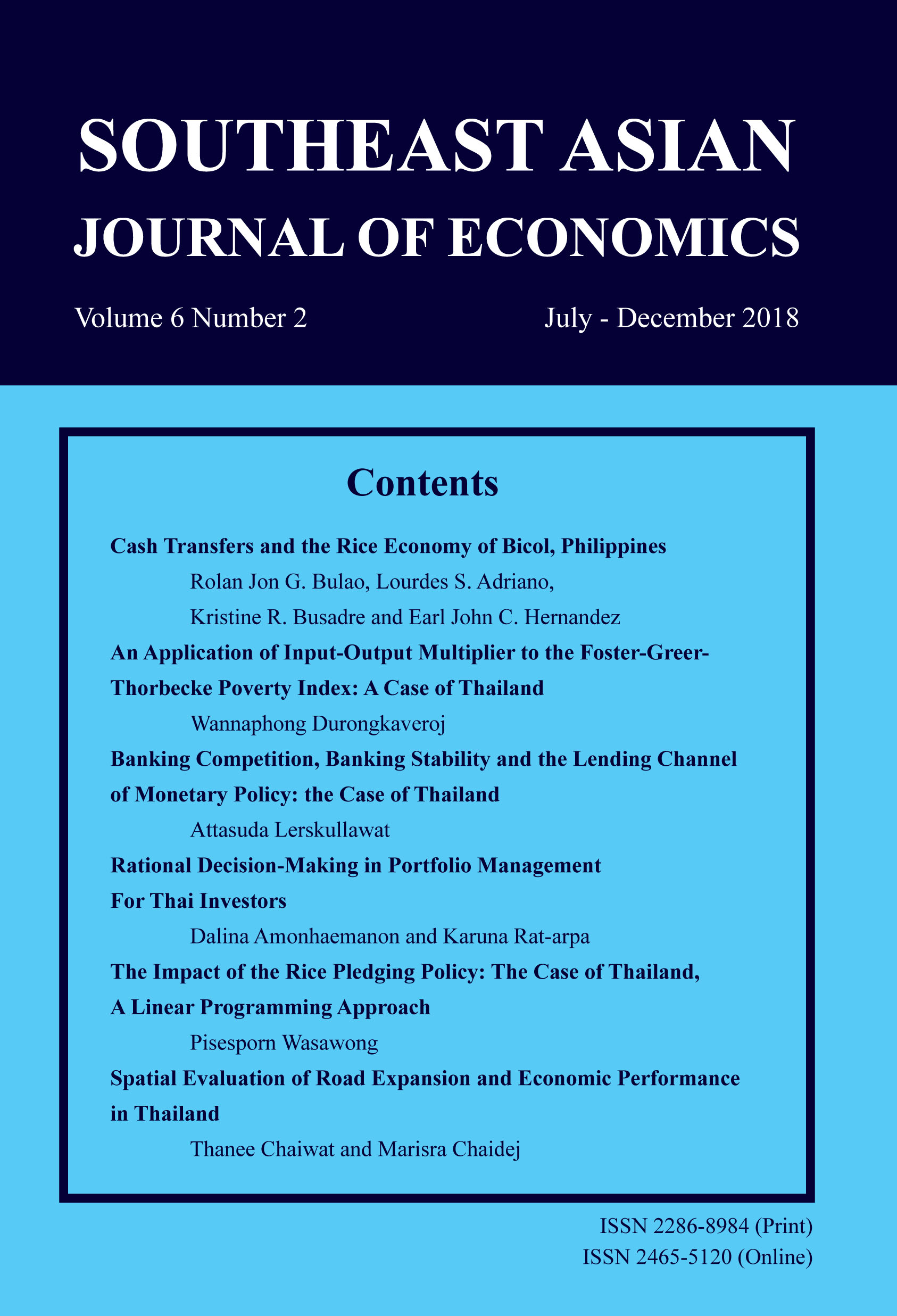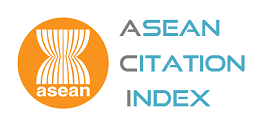Big Data Insights into the Distributional Effects of Thai Energy Policy 2006-2013
Keywords:
Public Economics, Energy Policy, Income Distribution, SubsidiesAbstract
This paper looks at the distributional effects of recent Thai energy policies for consumers, evaluating their effectiveness and discussing the major beneficiaries. Energy policies are found to have diverse and unexpected effects on different groups. These groups can be classified by income, by geographical locations, by education level or other variables. Data science and large data sets allow better analysis and better targeting of policies. The paper utilizes and introduces tools useful for consumer energy policy. Multivariate regressions are used to forecast changes in energy demand. Engel curves are used to build a working frame for determining the level of subsidy for each type of energy. Big data and time series are used to track the real distributional effects of energy policies. Estimates of the share of different subsidies that reach the poor in Thailand are made, and suggestions to improve policies to improve targeting are proposed. Free electricity does an excellent job of targeting the poor. Subsidies of LPG for cooking help large middle income families. Subsidies on transportation fuels barely reach the poor. Distribution across regions and age groups show strong patterns suggesting opportunities for political parties to benefit by selecting subsidies that benefit certain regions or demographics.
Downloads
How to Cite
Issue
Section
License
The submission of a manuscript implies that the paper is an original work and has not been published elsewhere. The author(s) authorize the journal to reproduce or distribute the paper in printed or other electronic forms.







